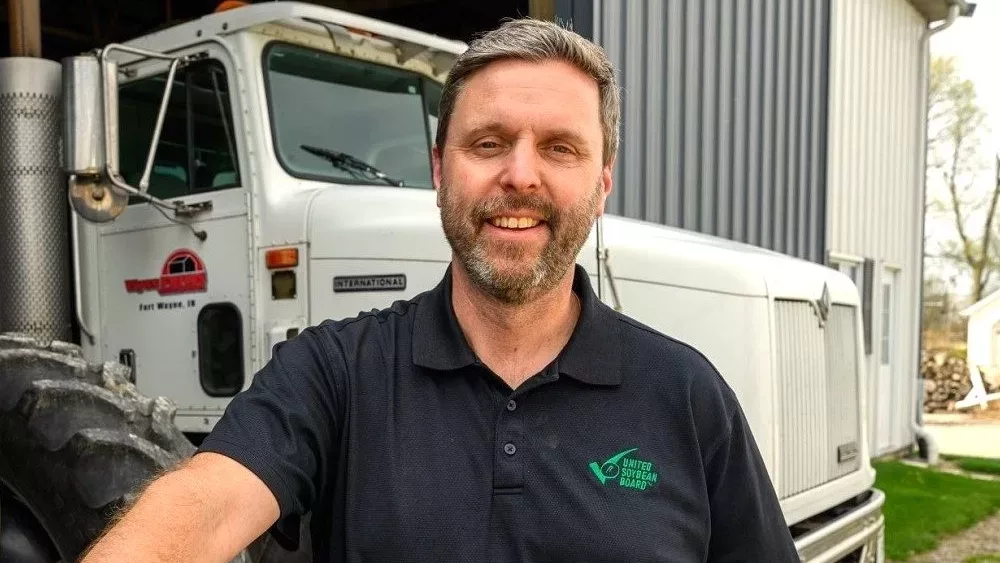
This Yield Check Update is made possible by Specialty Hybrids.
Stalk rot issues are popping up in corn fields across Michigan, and tar spot is one of the key factors.
According to Stacey Hughes of Hughes Seed Solutions, growers need to be constantly scouting to determine which fields to harvest next.
“Especially with these rains and this weather we’ve been getting, it’s going to wreak havoc on those fields that are already infected with tar spot and different stalk rots,” she says. “It’s really a timeliness issue as far as what fields get harvested first, but we need to stay on top of that.”
Since tar spot is still relatively new, growers, agronomists and researchers are still trying to determine best management practices moving forward.
“We definitely saw hybrid differences—those have been observed this year,” says Hughes. “A lot still is unknown in regard to residue management, but we do know that it moves by wind and plant residue. That could be another option for minimizing risk of infection for next year.”
Hughes is also a dealer for Specialty Hybrids. She’s seen some hybrids that are consistent in terms of infection rate and standability, but that’s not true for all.
“I think it comes down to the overall agronomic package,” she says. “One of my hybrids I’m not seeing handle the tar spot as well is a product that already didn’t have great stalks and roots—that’s a double whammy after it’s gotten infected. Moving forward, I’m looking at a whole agronomic package on these characteristics of certain products. We are trying to breed products for that.”
From what she’s witnessed, Hughes says the most effective way to manage tar spot has been fungicide applications.
“Certain treatments have seemed to provide additional protection in fields this year, and I’ve seen as high as 70 to 90 bushel per acre advantages in some of those fields,” she says.





